Die casting, a widely used manufacturing process for producing complex metal parts often encounters defects that can compromise the quality and functionality of products. Addressing these defects involves understanding their causes, implementing effective solutions, and adopting preventive measures.
Porosity
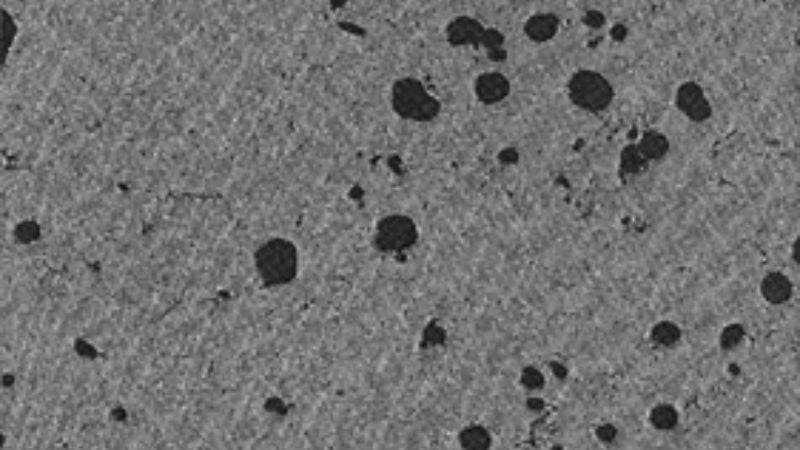
Definition:
Porosity is a defect wherein small voids or bubbles form within the casting due to trapped gases or improper solidification. It weakens the structural integrity of the casting, making it unsuitable for applications requiring strength or airtightness.
Causes:
- Trapped Air or Gases: Entrained air in the molten metal during injection causes voids as the air fails to escape during solidification.
- Improper Venting: Inadequate vents in the die prevent gases from escaping, increasing porosity.
- Turbulent Metal Flow: Unstable or chaotic molten metal flow leads to air entrapment.
- Gas Entrapment: Excessive use of mold release agents or lubricants can generate gas within the cavity.
Solutions:
- Optimize Venting System: Proper venting allows trapped gases to escape before solidification. Adding overflow and venting launders can help.
- Adjust Injection Speed: Slow down the injection to reduce turbulence and allow orderly metal flow.
- Control Metal Temperature: Maintain a uniform and optimal metal temperature to ensure smooth filling.
- Use Vacuum Systems: Employ a vacuum-assisted process to remove air and contaminants from the casting.
Prevention:
- Design Proper Overflow Systems: Include overflow channels to redirect gases and ensure smooth metal flow.
- Maintain Consistent Metal Temperature: Avoid overheating or sudden cooling to reduce gas entrapment.
- Regular Die Maintenance: Keep the die clean and free of contaminants to prevent gas accumulation.
- Proper Gate and Runner Design: Ensure gates and runners are large enough to facilitate complete mold filling with minimal turbulence.
Cold Shuts
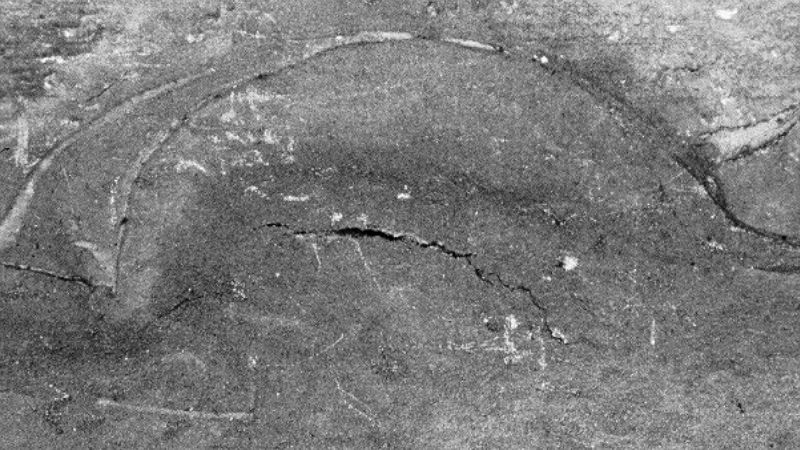
Definition:
Cold shuts occur when two streams of molten metal meet but fail to fuse properly, leaving a visible seam or weak bond. This defect affects both the appearance and strength of the casting.
Causes:
- Low Metal Temperature: Insufficient temperature causes premature solidification of molten metal.
- Slow Injection Speed: Metal flow delays result in partial cooling before fusion.
- Poor Metal Flow: Irregular metal flow due to poor gate design contributes to incomplete fusion.
- Inadequate Venting: Trapped air can disrupt the joining of molten metal streams.
Solutions:
- Increase Metal Temperature: Elevate the temperature to ensure molten metal flows and fuses properly.
- Optimize Injection Speed: Adjust speed to achieve smooth and continuous metal flow.
- Improve Gate Design: Ensure gates are positioned to direct the flow effectively.
- Better Venting Placement: Add vents to key areas to ensure trapped air is expelled.
Prevention:
- Monitor Metal Temperature Consistently: Ensure uniform heating of the molten metal throughout the process.
- Regular Die Temperature Checks: Maintain optimal die temperature to prevent premature cooling.
- Proper Gate Location Design: Position gates strategically to enhance metal flow and reduce turbulence.
- Maintain Optimal Injection Speed: Balance speed to avoid cooling while ensuring consistent filling.
Hot Spots
Definition:
Hot spots are localized areas of overheating within the die, resulting in uneven cooling and defects like warping or dimensional inconsistency in the casting.
Causes:
- Uneven Die Temperature: Inconsistent cooling creates zones of excessive heat accumulation.
- Poor Cooling Design: Lack of effective cooling channels in the die causes localized hotspots.
- Inadequate Lubrication: Insufficient or uneven application of lubricant can exacerbate heat issues.
- Metal Accumulation: Excess metal in certain areas can retain heat longer.
Solutions:
- Balance Cooling Channels: Design an optimized network of cooling channels to uniformly dissipate heat.
- Adjust Die Temperature: Closely monitor and regulate die temperature during production.
- Optimize Lubrication: Ensure consistent and adequate application of high-quality lubricants.
- Modify Part Design: Eliminate thick sections prone to heat retention.
Prevention:
- Regular Cooling System Maintenance: Clean cooling channels and check for blockages or inefficiencies.
- Proper Die Temperature Control: Use advanced temperature monitoring systems to ensure uniform cooling.
- Consistent Lubrication Application: Invest in automated lubrication systems to apply a uniform amount.
- Monitor Thermal Distribution: Use thermal imaging to identify heat concentration points during production.
Misruns/Short Shots
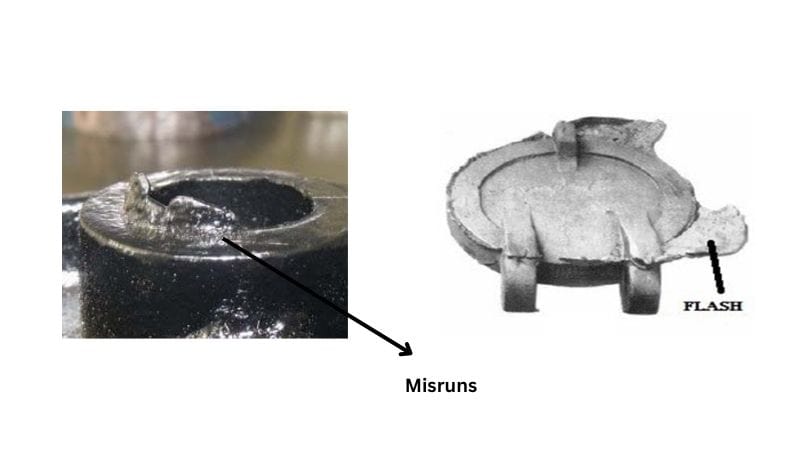
Definition:
Misruns or short shots occur when the molten metal fails to completely fill the die cavity, resulting in incomplete or missing sections of the casting.
Causes:
- Insufficient Metal Volume: The volume of molten metal is inadequate to fill the cavity.
- Low Injection Pressure: Insufficient pressure prevents the metal from fully spreading.
- Poor Metal Flow: Obstructions or poor gating design hinders proper flow.
- Cold Die Temperature: A cold die causes premature solidification of molten metal.
Solutions:
- Increase Metal Volume: Ensure an adequate volume of metal is available per shot.
- Adjust Injection Pressure: Increase pressure to ensure the metal fills the mold completely.
- Optimize Gate Location: Position gates to promote uniform filling and smooth flow.
- Heat Die Properly: Preheat the die to prevent premature solidification.
Prevention:
- Regular Shot Volume Checks: Ensure each shot has the correct amount of molten metal.
- Maintain Consistent Die Temperature: Use die heaters or temperature controllers.
- Proper Runner System Design: Design runners to facilitate easy and complete metal flow.
- Monitor Injection Parameters: Regularly inspect and fine-tune pressure, speed, and timing.
Flash
Definition:
Flash is a thin, excess metal layer that forms on the edges of a casting due to metal leakage through the gaps in the die parting surfaces.
Causes:
- Excessive Injection Pressure: High pressure forces metal out of the die cavity.
- Worn Die Surfaces: Gaps form over time due to worn die edges.
- Insufficient Clamping Force: Weak clamping allows metal to seep through.
- Misaligned Dies: Improper alignment creates space for metal leakage.
Solutions:
- Adjust Injection Pressure: Reduce excessive pressure to prevent overflow.
- Repair/Replace Worn Dies: Restore the die edges or replace worn-out tools.
- Increase Clamping Force: Ensure sufficient force to seal parting surfaces.
- Proper Die Alignment: Regularly check and adjust alignment to eliminate gaps.
Prevention:
- Regular Die Maintenance: Inspect parting lines and seal surfaces frequently.
- Monitor Clamping Force: Ensure the die is clamped securely during production.
- Check Die Alignment Frequently: Schedule periodic alignment adjustments.
- Proper Parting Line Design: Design the parting line to minimize potential leakage paths.
Shrinkage
Definition:
Shrinkage is a type of defect where cavities or voids appear within the casting or on its surface due to uneven solidification during cooling.
Causes:
- Uneven wall thickness that causes non-uniform cooling.
- Insufficient feeding of molten metal during solidification.
- Poor die cooling design.
- Low injection pressure or short pressure-holding time.
Solutions:
- Optimize part design to ensure uniform wall thickness.
- Use feeders or risers to supply additional material during solidification.
- Improve die cooling to ensure controlled solidification.
- Increase injection pressure and prolong the pressure-holding time.
Prevention:
- Design castings with consistent wall thickness.
- Conduct proper die cooling analysis to avoid hot spots.
- Regularly monitor and adjust process parameters, such as injection pressure and time.
Inclusion
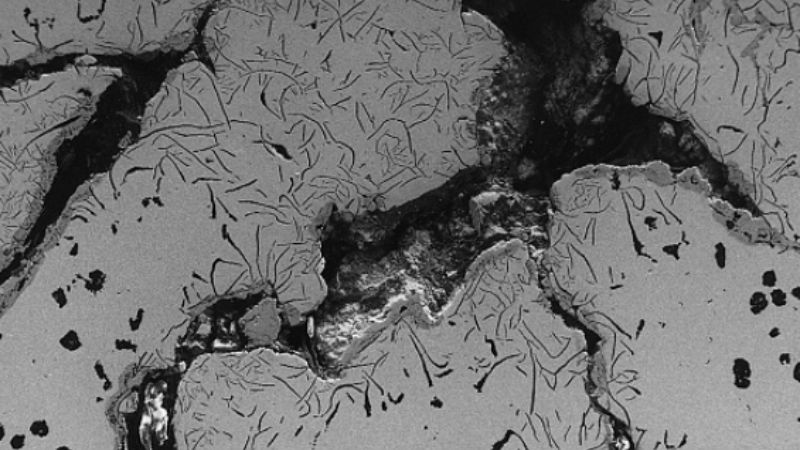
Definition:
Inclusions are irregular-shaped particles of foreign material, such as slag or oxides, trapped within the casting, causing internal weaknesses or surface defects.
Causes:
- Impure or unclean molten metal.
- Slag or debris not removed during ladling.
- Poor cleaning of the die cavity or tools.
- Inadequate stirring or mixing of molten metal.
Solutions:
- Use high-purity furnace charge and thoroughly clean ladles and tools.
- Skim slag and debris from molten metal before pouring.
- Clean the dies and mold cavity before every production cycle.
- Improve the metal purification process, such as degassing or filtering.
Prevention:
- Ensure a clean and controlled melting process.
- Use mold release agents that reduce contamination risks.
- Regularly inspect and clean the die cavity and equipment.
Cracks
Definition:
Cracks are linear or irregular fractures on the surface or inside the casting that can occur during or after solidification due to tensile stresses.
Causes:
- Uneven solidification due to poor die temperature control.
- Abnormal shrinkage caused by non-uniform wall thickness.
- Excessive internal stress or imbalance during ejection.
- Improper alloy composition with excessive harmful elements.
Solutions:
- Optimize the die temperature within the recommended range (180°C–280°C).
- Design castings with uniform wall thickness to prevent shrinkage stresses.
- Balance ejection forces by adjusting or adding ejection pins.
- Ensure the proper alloy composition by controlling harmful elements like Fe.
Prevention:
- Use simulation tools to design well-balanced structures.
- Maintain die temperature consistency with proper heating systems.
- Regularly monitor alloy composition during smelting.
Drags and Soldering
Definition:
Drags are strip-like scratches caused by damage or friction during ejection, while soldering occurs when molten metal sticks abnormally to the die, leaving material deposits.
Causes:
- Insufficient draft angles or undercuts on the casting.
- Damaged or rough die cavity surfaces.
- Overheated molten metal or die temperatures.
- Poor quality mold release agent or inadequate lubrication.
Solutions:
- Increase draft angles and eliminate undercuts.
- Repair and polish the die cavity to improve surface roughness.
- Adjust molten metal and die temperatures within optimal ranges.
- Use high-quality mold release agents and lubricate dies properly.
Prevention:
- Optimize part design with proper draft angles.
- Perform regular die maintenance and polishing.
- Monitor and control temperatures to prevent overheating.
Blisters
Definition:
Blisters are bulges or raised areas on the casting surface caused by gas expansion trapped under the surface during solidification.
Causes:
- Poor venting design in the die.
- Excessive use of mold release agents or lubricants.
- Inadequate degassing of molten metal.
- Overheated die temperature causing reduced strength.
Solutions:
- Improve the venting system by adding venting and overflow channels.
- Optimize the quantity of mold release agents and reduce excessive use.
- Perform proper degassing treatment during smelting.
- Lower die temperature in problem areas to minimize gas expansion.
Prevention:
- Ensure effective vent and overflow systems in the die.
- Maintain consistent die and molten metal temperatures.
- Use high-quality and properly applied mold release agents.
Deformation
Definition:
Deformation occurs when the casting deviates from its intended shape due to internal stresses or improper cooling.
Causes:
- Uneven wall thickness causing inconsistent solidification.
- Imbalanced ejection forces.
- Excessive internal stress buildup.
- Poor die cooling design.
Solutions:
- Design castings with balanced wall thickness.
- Optimize ejection systems to ensure uniform ejection.
- Use controlled cooling systems for even solidification.
- Reduce internal stress by optimizing process parameters.
Prevention:
- Perform simulations to predict and correct shrinkage patterns.
- Regularly inspect and adjust the ejection mechanism.
- Monitor cooling systems for consistency.
Flow Marks
Definition:
Flow marks are wavy surface lines or discoloration caused by irregular molten metal flow during filling.
Causes:
- Low injection speed or pressure.
- Cold molten metal temperature.
- Poor die temperature control.
- Poor gating system design.
Solutions:
- Increase injection speed and pressure to ensure smooth flow.
- Raise the molten metal and die temperatures to recommended levels.
- Optimize die temperature to maintain uniform filling.
- Redesign the gating system for better metal flow.
Prevention:
- Monitor and maintain correct temperatures during casting.
- Regularly inspect and adjust injection parameters.
- Simulate flow patterns to optimize gating design.
Laminations
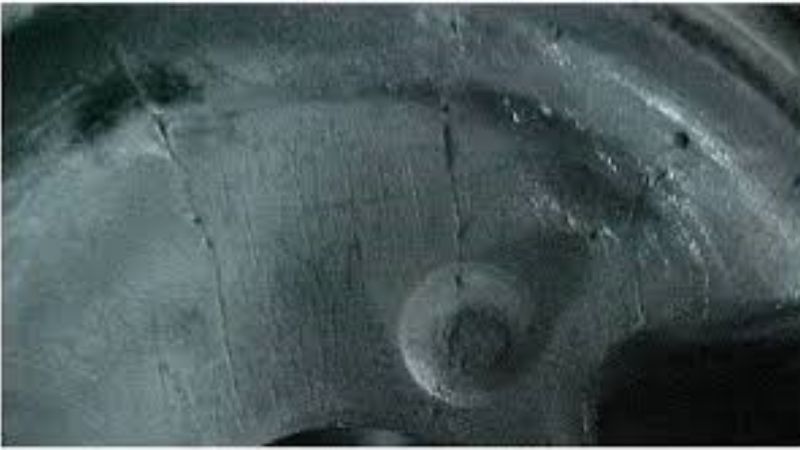
Definition:
Laminations are layered defects that occur when molten metal fails to fuse properly, creating weak, layered regions.
Causes:
- Improper gate location disrupting smooth metal flow.
- Contaminants in molten metal.
- Cold molten metal or low die temperatures.
Solutions:
- Redesign gate and runner systems to reduce flow interruptions.
- Use clean, high-quality molten metal free from contaminants.
- Raise molten metal and die temperatures for complete fusing.
Prevention:
- Clean the die cavity regularly.
- Optimize gating and injection systems.
- Consistently monitor and control temperatures.
Sinks
Definition:
Sinks are depressions or indentations on the casting surface caused by insufficient feeding during shrinkage.
Causes:
- Uneven wall thickness leading to localized shrinkage.
- Insufficient solidification pressure.
- Poor venting preventing proper feeding.
Solutions:
- Design castings with even wall thickness to avoid uneven shrinkage.
- Increase holding pressure during solidification.
- Improve venting to facilitate feeding.
Prevention:
- Conduct thermal analysis during die design to avoid hot spots.
- Monitor injection parameters and pressure consistency.
Frequently Asked Questions
What are the different types of die casting?
Die casting is a manufacturing process used to produce metal parts, with different types tailored for specific materials, designs, and applications. High-pressure and low-pressure die casting are commonly used for high-precision parts, while gravity and vacuum die casting minimize defects like porosity.
Advanced methods like squeeze casting and hybrid additive manufacturing offer enhanced strength, reduced defects, and greater design flexibility for specialized applications.
Can you explain the die casting process?
The die casting process involves melting metal, injecting it into a reusable steel mold under high pressure, cooling it to solidify the shape, and then removing the finished part.
The process is quick and precise, producing high-quality parts with detailed designs that may require minimal finishing.
